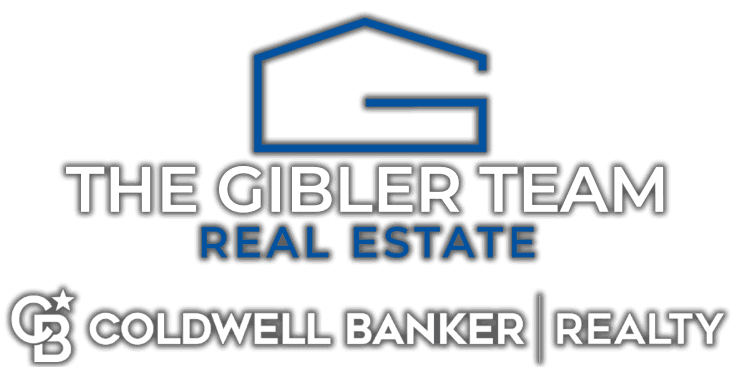
After extraordinary home-value growth characterized a frenzied housing market in 2017 and 2018, the slowdown of 2019 felt like a welcome return to normalcy in much of the country. Zillow predicts more of the same in 2020, with the market stabilizing near historic norms.
Changing tastes as Millennials make up a growing share of home-buyers will impact the market. Homes will get smaller, bold colors and prints will return to home designs and demand will stay high as more and more people reach typical home-buying age. Here are Zillow’s housing predictions for 2020:
1. Homes will continue to shrink.
The sprawling, suburban homes that Baby Boomers coveted will increasingly become a relic of the past in 2020 and into the next decade as the median square footage of newly built, single-family homes will fall for the fourth time in five years.
The typical U.S. home has shrunk by more than 80 square feet since 2015. Millennials, the largest group of buyers in 2020, are proving to be have much different tastes and lifestyles than their parents’ generation. Many prefer homes in urban areas with an abundance of amenities within walking distance over the mansions in the exurbs that Boomers are vacating.
2. The U.S. will not enter a recession in 2020.
As recently as July, half of experts surveyed by Zillow predicted a recession would begin in 2020. However, the U.S. economy has remained resilient to expected headwinds like ongoing trade volatility and the possibility of a stock-market retreat.
Consumer spending has picked back up – reflecting healthy consumer confidence – job creation is on a steady path and annual wage growth has stayed at or above 3 percent since October 2018. Economic and home-value growth should continue into 2021, although perhaps at a slower pace than in recent years.
3. Home value and rent growth will be slower and steadier.
Home value growth is expected to grow 2.8 percent from December 2019 to December 2020, according to a survey of more than 100 housing experts and economists. That’s down from 4.7-percent annual growth in October, the latest month for which data are available. Zillow expects rent growth to continue accelerating into the spring before dipping below 2 percent by the end of 2020.
4. Mortgage rates will stay low, keeping housing demand high.
Mortgage rates fell markedly in 2019 and are expected to remain low for the bulk of 2020. That will keep demand strong and continue to fuel decent price growth in the nation’s most broadly affordable markets.
But low rates don’t help overcome the upfront hurdle of high down-payment requirements, pushing buyers in expensive areas to fan out in search of areas they can better afford.
5. Sales will climb again after a downturn in 2018.
For-sale inventory is near historic lows, but that doesn’t mean a dearth of sales. In fact, the low inventory is largely a result of high demand from buyers who snatch up homes as soon as they hit the market.
There are more and more potential buyers, as the large Millennial generation is reaching peak home-buying age in greater numbers each year, and they are benefiting from low mortgage rates, an increase in construction permits and technology that is reducing friction in the market.
6. Color will make a comeback.
Fun will return to home design in the form of bold prints, lively wallpaper and brightly hued walls. After a decade of Scandinavian modern design that dominated retail and social-media feeds as Americans embraced neutrals, minimalism and clutter-free living, expect a shift toward playful, creative design. Look for color to be injected in unexpected ways in kitchen cabinetry and appliances, in lighting fixtures and on interior doors and moldings.
“With the housing market stabilizing from the drama of the price recovery and the slowdown during 2019’s home shopping season, we have a rare moment of calm to reflect on what housing might look like in the year to come,” said Zillow director of economic research Skylar Olsen. “If current trends hold, then slower means healthier and smaller means more affordable.”



